Weird coincidences that changed history
History is peppered with coincidences that defy logic and ignite our imagination. These serendipitous events, often dismissed as mere chance, sometimes leave us pondering the lines between fate and randomness. From eerie premonitions to life-saving twists of destiny, coincidences remind us that history can be as whimsical as it is profound. Let’s embark on a journey through time to explore some of the most intriguing coincidences that have shaped our world.
The Astonishing Tale of the Titanic and the Novel That Predicted It
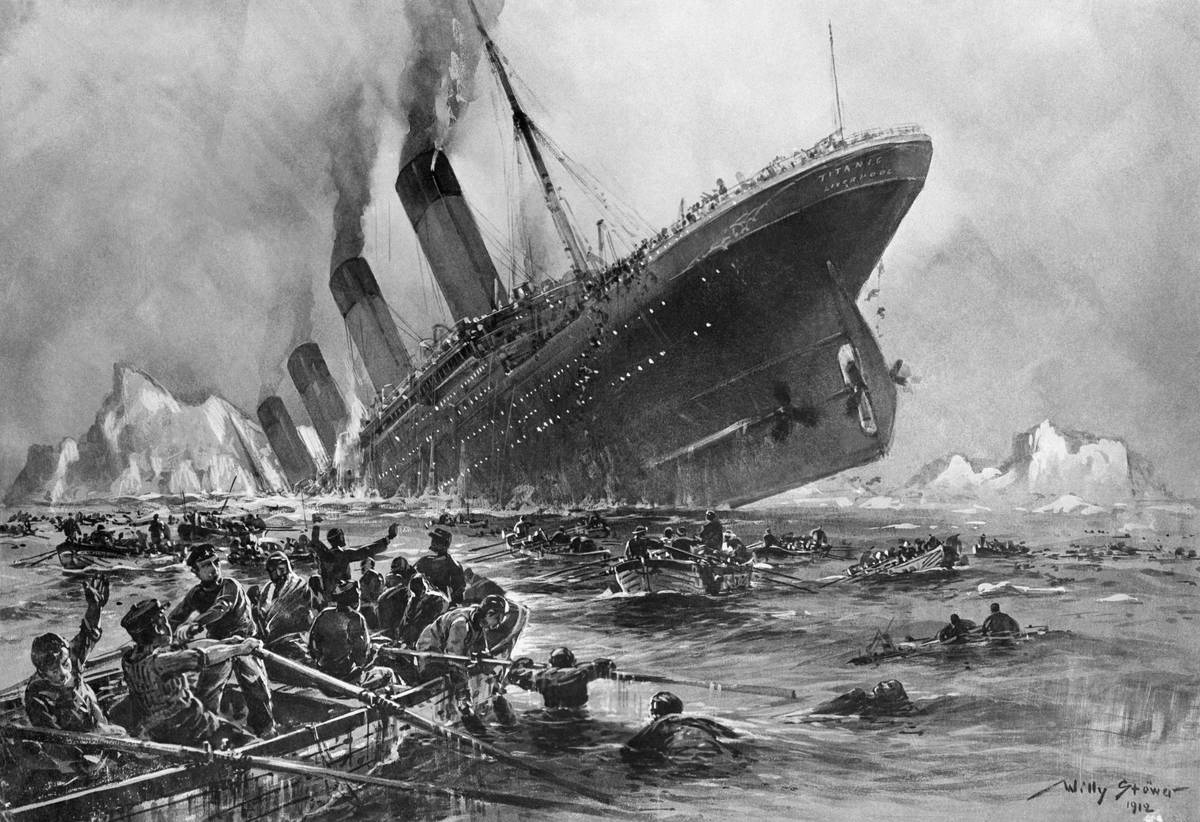
In 1898, author Morgan Robertson penned a novel titled “Futility, or the Wreck of the Titan.” The story eerily mirrored the fate of the RMS Titanic, which sank in 1912. Both fictional and real ships were deemed unsinkable and met their demise after hitting an iceberg in April. The Titan and Titanic were nearly identical in size and capacity, with a shocking shortage of lifeboats. This uncanny parallel has left many pondering the nature of prediction and coincidence.
Archduke Franz Ferdinand’s License Plate and the End of WWI
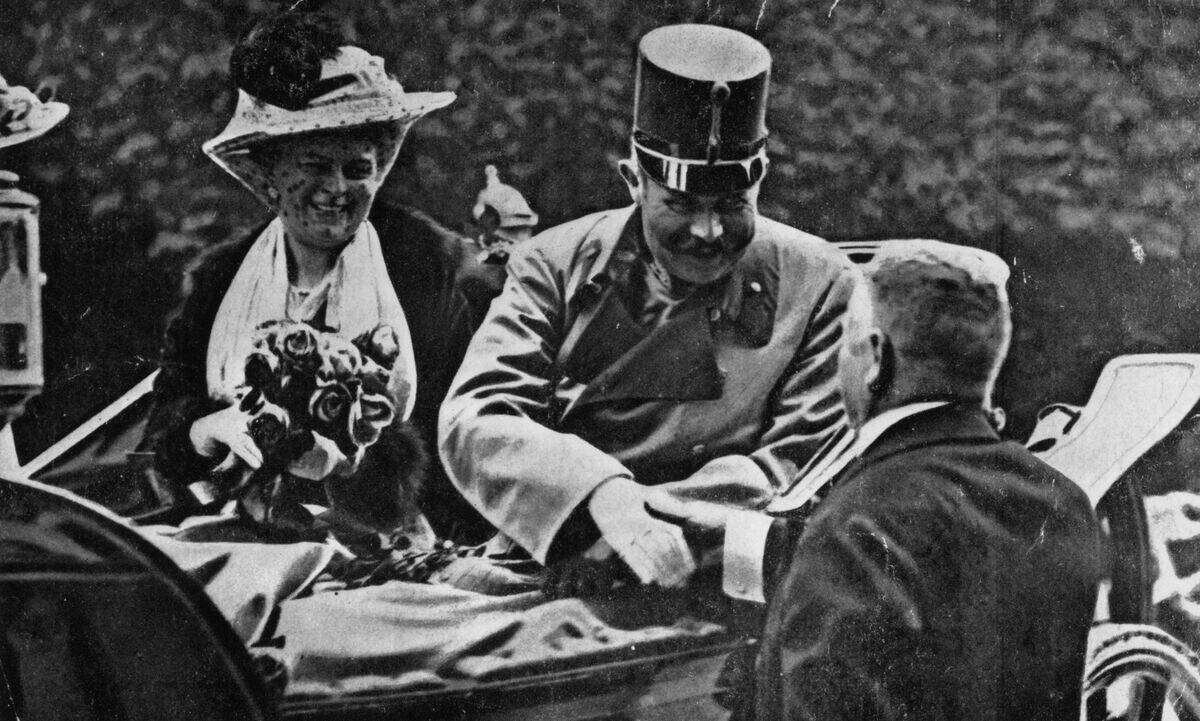
The assassination of Archduke Franz Ferdinand in 1914 sparked World War I, but his car’s license plate added a curious twist. The plate read “A III 118,” which some suggest symbolizes Armistice Day, November 11, 1918 (11/11/18), marking the war’s end. Though likely a coincidence, this numerical alignment offers a strange link between the war’s beginning and conclusion. It’s a reminder of how seemingly mundane details can take on larger meanings in historical hindsight.
The Eerie Similarities Between Presidents Lincoln and Kennedy
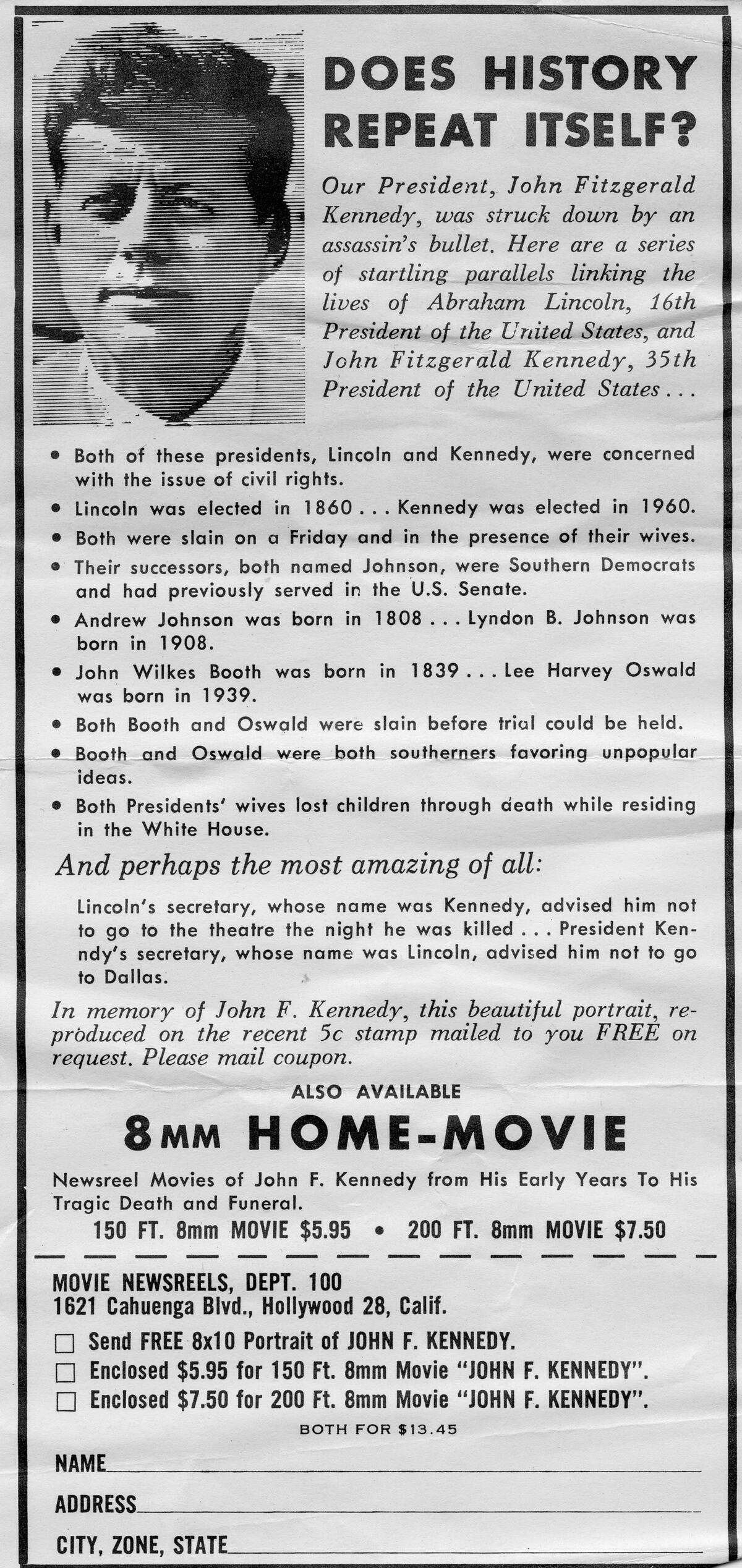
Presidents Abraham Lincoln and John F. Kennedy share a series of uncanny similarities that boggle the mind. Both were elected 100 years apart, Lincoln in 1860 and Kennedy in 1960. They were succeeded by vice presidents named Johnson, born a century apart: Andrew Johnson in 1808 and Lyndon B. Johnson in 1908. Both presidents were assassinated on a Friday, with their wives present. These parallels, while fascinating, highlight how patterns in history can sometimes appear where we least expect them.
Mark Twain and Halley’s Comet: A Celestial Coincidence
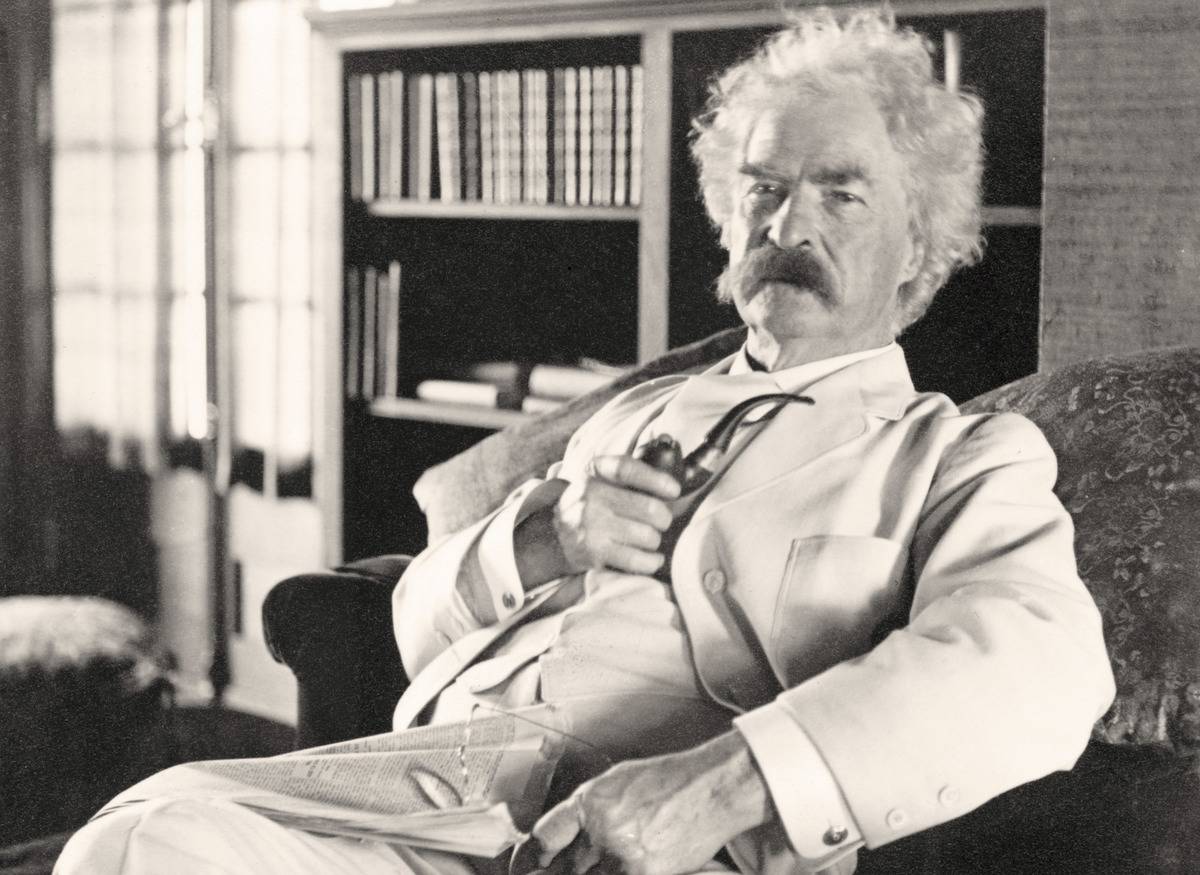
Mark Twain, born in 1835, arrived in the world as Halley’s Comet passed by Earth. The famed author predicted he would “go out with the comet”—and he did, passing away in 1910, the day after the comet’s return. Twain’s life bookended by this celestial event adds an otherworldly element to his legacy. His prediction, seemingly whimsical, turned into reality, leaving us to wonder about the interplay of fate, timing, and the stars.
The Curious Case of the Hoover Dam’s First and Last Fatalities
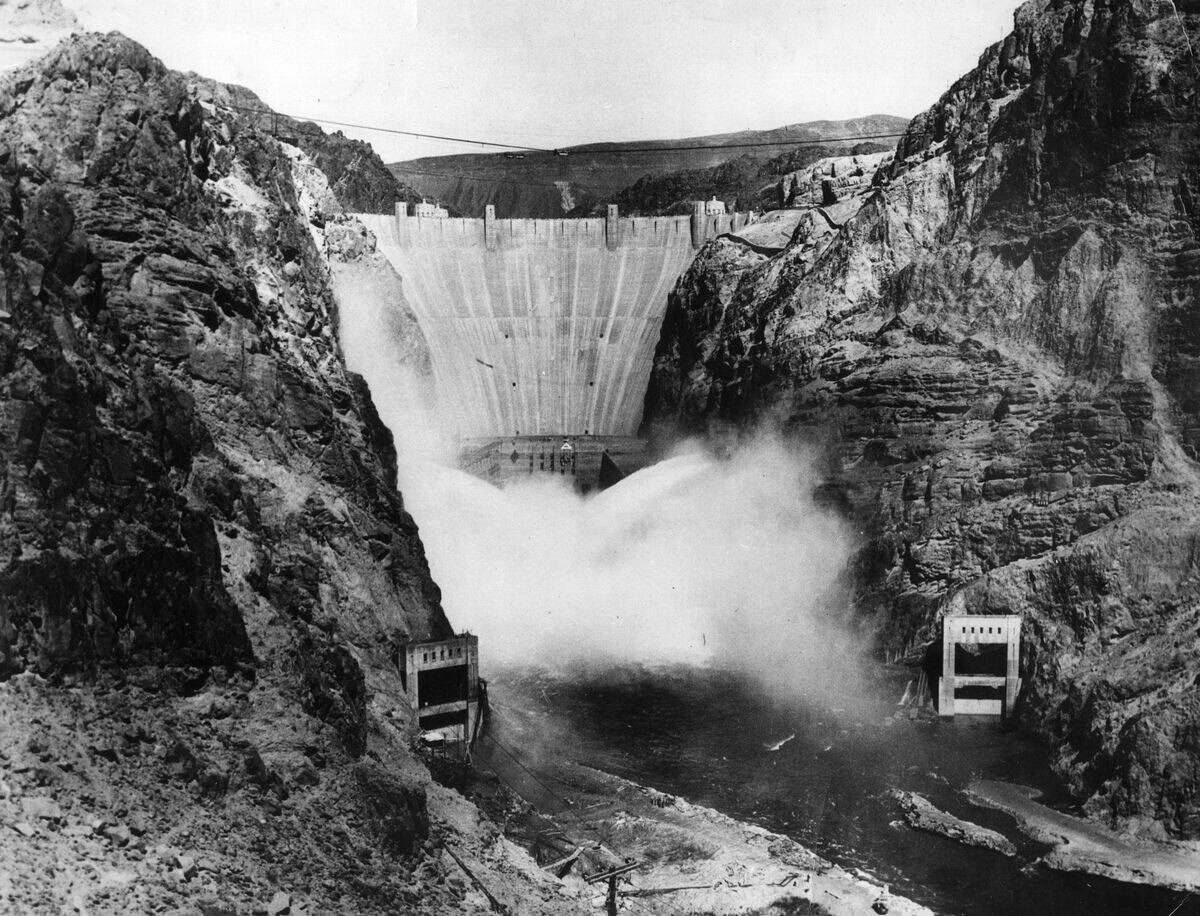
The construction of the Hoover Dam spans a curious tale of coincidence involving its first and last fatal accidents. The first victim, J.G. Tierney, drowned in 1922 while surveying for the dam. The last recorded fatality was his son, Patrick Tierney, who died in 1935. This tragic familial bookend adds a somber layer to the dam’s history, prompting reflection on the impact of destiny and legacy in such monumental undertakings.
Edgar Allan Poe’s Uncanny Premonition in “The Narrative of Arthur Gordon Pym”
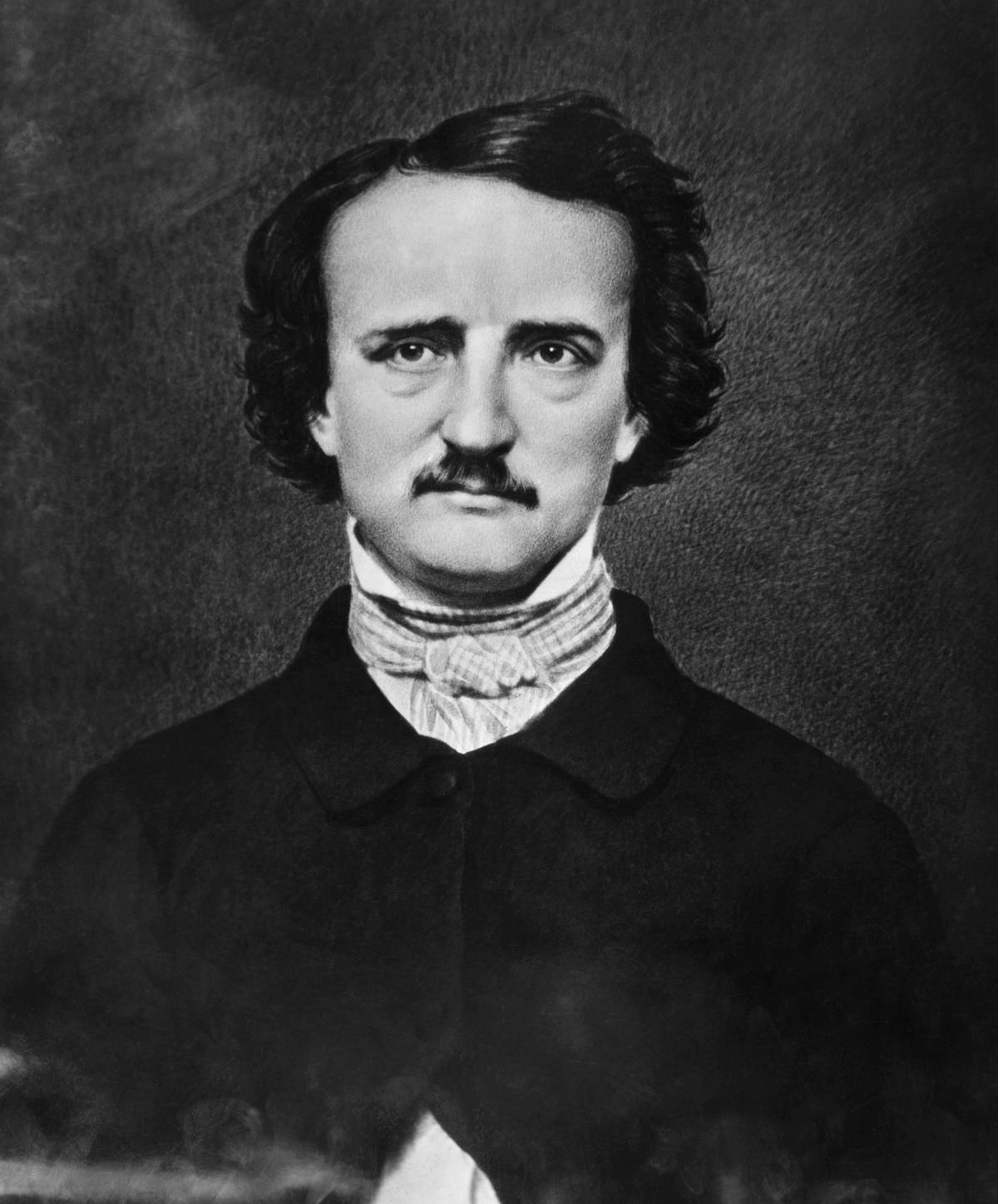
Published in 1838, Edgar Allan Poe’s “The Narrative of Arthur Gordon Pym” includes a scene eerily mirrored by real events 46 years later. In the novel, a shipwrecked crew resorts to cannibalism, drawing lots to decide who will be sacrificed. In 1884, the yacht Mignonette met a similar fate, with a crew member named Richard Parker suffering the same grim destiny. This chilling coincidence leaves us questioning the line between fiction and reality, as Poe’s dark imagination uncannily foretold future events.
The Remarkable Coincidence of the First and Last Soldiers of WWI

The first and last British soldiers killed in World War I share a poignant coincidence. Private John Parr died on August 21, 1914, while Private George Edwin Ellison fell on November 11, 1918. In a twist of fate, their graves lie opposite each other in the same cemetery in Belgium. This haunting alignment serves as a powerful reminder of the war’s circular nature and the individual lives woven into the tapestry of history.
The Two Napoleon Bonapartes and Their Shared Destiny
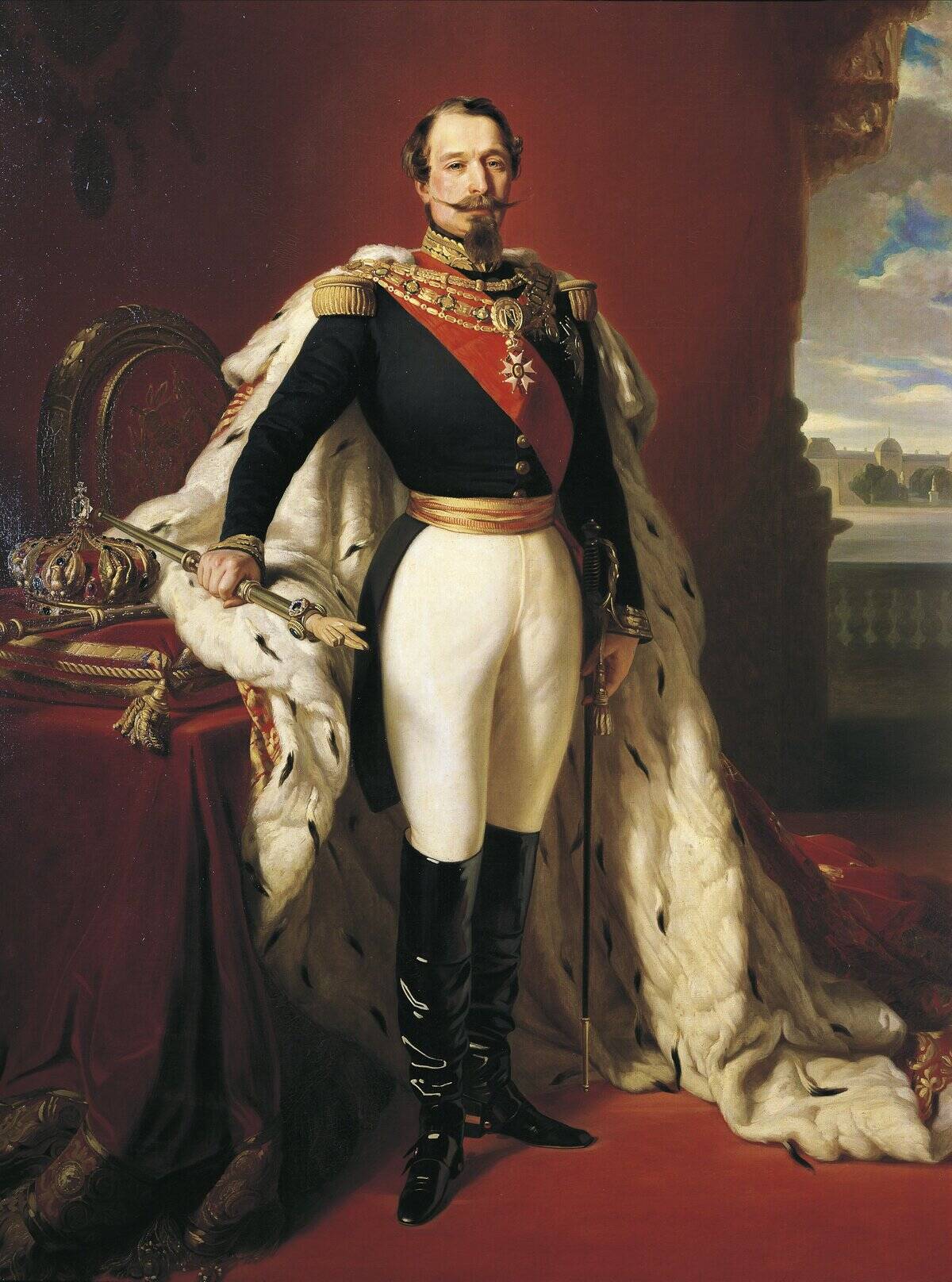
Napoleon Bonaparte and his nephew, Napoleon III, share a fascinating historical synchronicity. Both rose to power as French emperors and suffered similar fates—exile. Napoleon Bonaparte’s reign ended in 1815, and Napoleon III’s in 1870. Both were interred in the Church of Saint-Louis at Les Invalides in Paris. This shared destiny between uncle and nephew highlights how history can sometimes repeat itself, with family legacies echoing across generations.
The Coincidental Meeting of Thomas Jefferson and John Adams
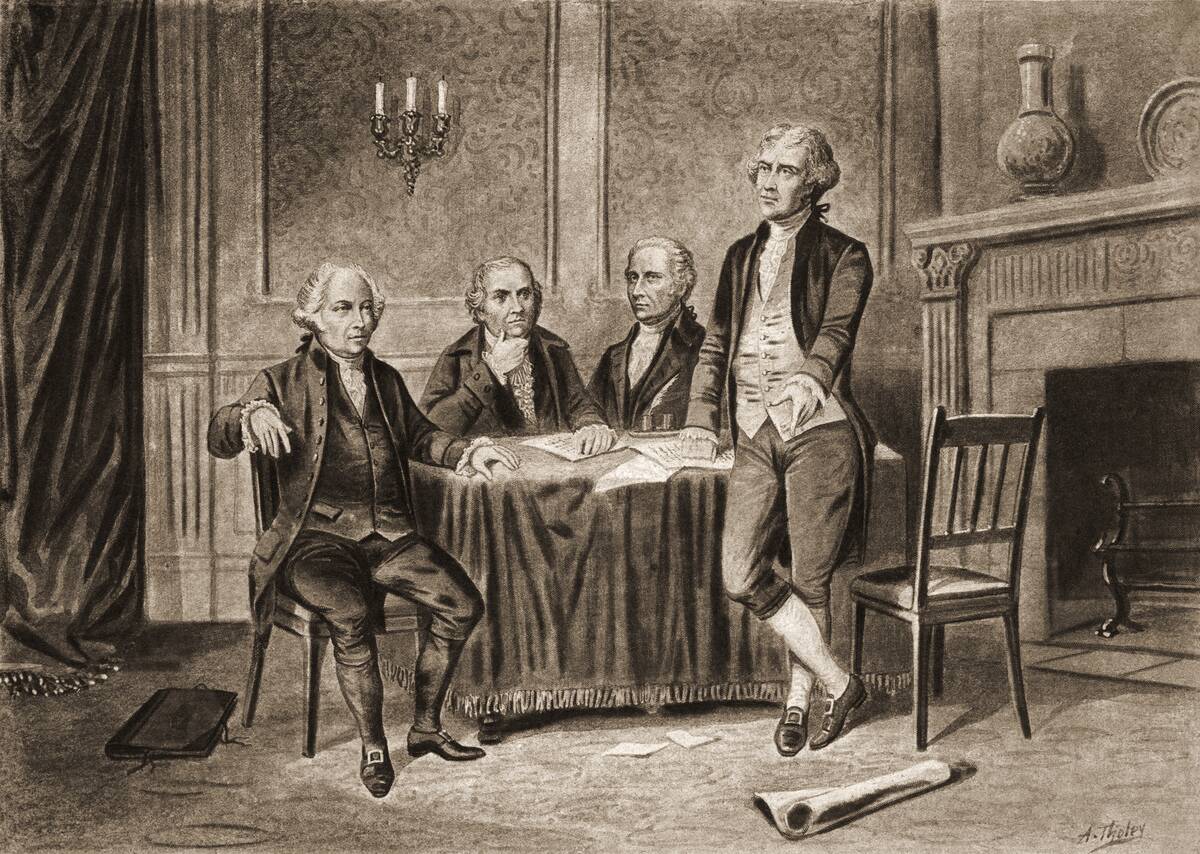
Thomas Jefferson and John Adams, two Founding Fathers, died on July 4, 1826, the 50th anniversary of the Declaration of Independence. Despite their political rivalry, they shared a deep respect for each other. Adams’s last words were reportedly, “Thomas Jefferson survives,” unaware his friend had passed just hours earlier. Their synchronized deaths on such a symbolic date underscore the intertwined nature of their lives and the nation’s history, weaving a narrative of unity amid division.
The Spooky Connection Between James Dean’s Car and Its Tragic Legacy

James Dean’s Porsche 550 Spyder is infamous for its tragic legacy. Dean died in a crash in 1955, but the car’s curse seemed to persist. Parts of the wrecked vehicle were reused, leading to further accidents and fatalities. A series of mishaps followed, from fires to injuries, whenever the car’s remnants were involved. This eerie pattern has cemented the car’s place in pop culture lore, adding an unsettling chapter to Dean’s enduring legend.
The Unbelievable Story of Violet Jessop, the Unsinkable Nurse
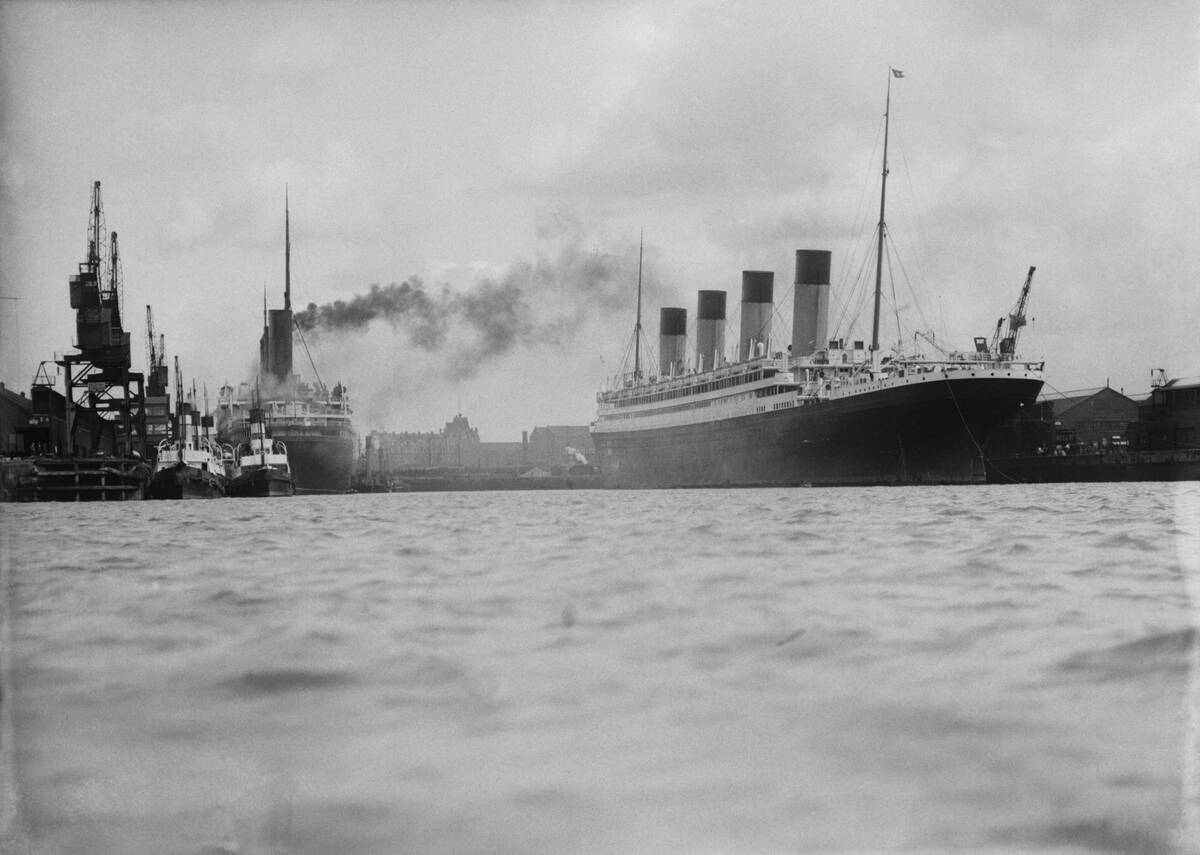
Violet Jessop, a ship stewardess and nurse, survived the sinkings of the RMS Titanic, its sister ship the HMHS Britannic, and a collision involving the RMS Olympic. Her resilience earned her the nickname “Miss Unsinkable.” Jessop’s extraordinary luck—or fate—captivates historians and enthusiasts alike. Her life story, marked by uncanny survival, offers a testament to human endurance and the mysterious forces that sometimes guide our paths through perilous waters.
The Peculiar Parallel Lives of Martin Luther King Jr. and Anne Frank

Martin Luther King Jr. and Anne Frank were born in 1929, worlds apart in Atlanta and Frankfurt, respectively. Despite their different circumstances, both became symbols of hope and resilience against oppression. King led the civil rights movement in the U.S., while Frank’s diary illuminated the horrors of the Holocaust. Their parallel legacies continue to inspire, reminding us of the universal fight for justice and the enduring power of their messages across time and borders.
The Twist of Fate That Saved Winston Churchill
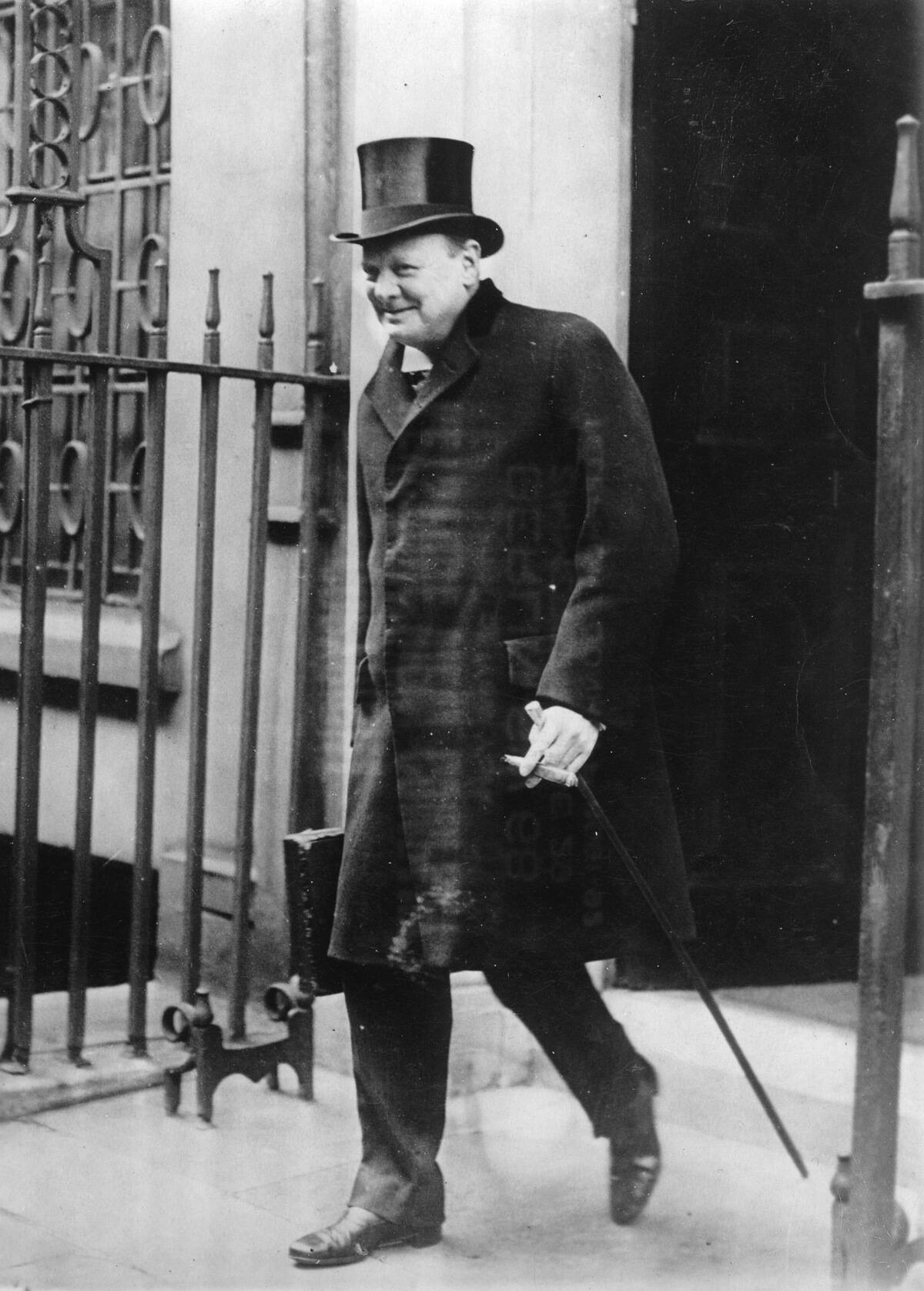
In 1931, Winston Churchill was nearly killed in a car accident in New York. Crossing Fifth Avenue, he looked the wrong way for traffic, a common mistake for British pedestrians. A taxi struck him, but he survived with minor injuries. This twist of fate preserved the future British Prime Minister, who would later lead his country through World War II. Churchill’s brush with death highlights how chance events can alter the course of history, saving pivotal figures for their crucial roles.
The Musician and the Assassin: John Lennon and Mark David Chapman
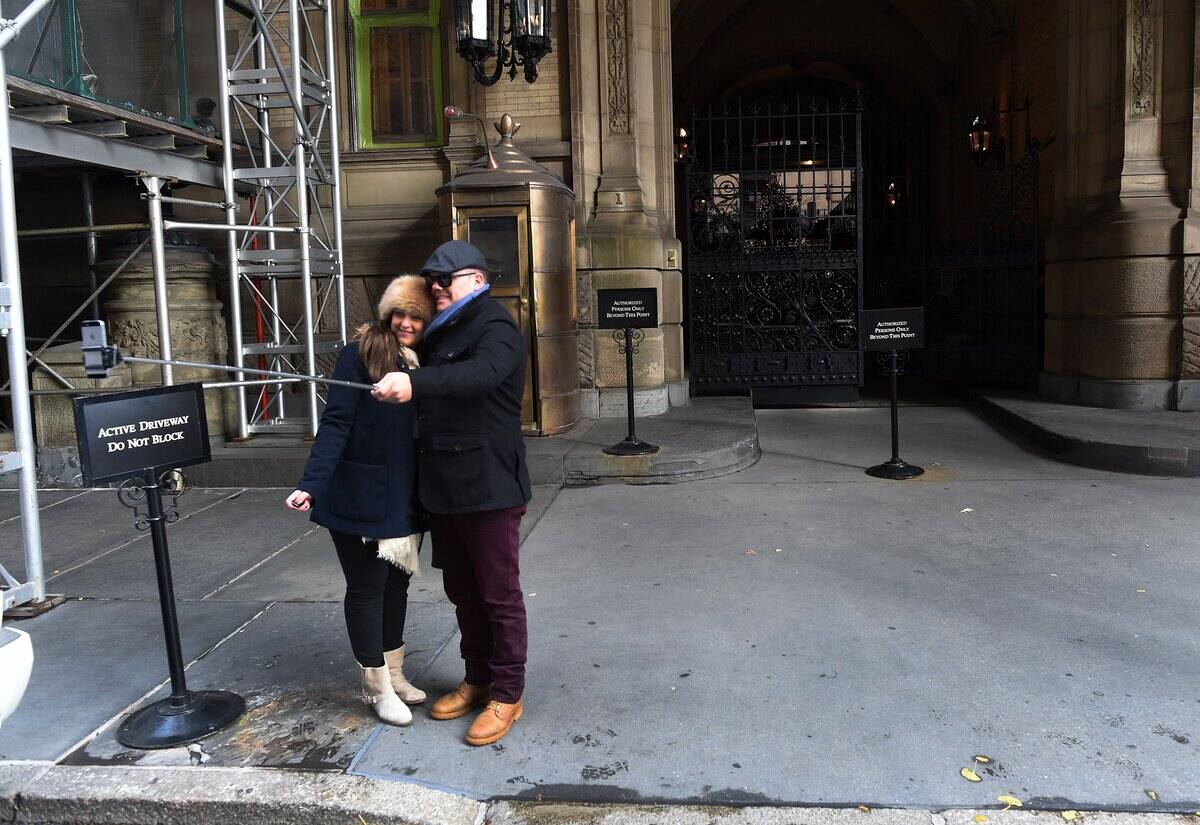
John Lennon and his assassin, Mark David Chapman, shared a bizarre connection before their fatal encounter. Chapman was obsessed with Lennon and had even asked for his autograph hours before killing him in 1980. The eerie interaction between fan and idol culminated in a tragic event that shocked the world. This chilling coincidence underscores the unpredictable intersections of lives and the tragic outcomes that can arise from them, leaving a lasting impact on music history and cultural memory.
The Bizarre Link Between King Louis XVI and the Number 21
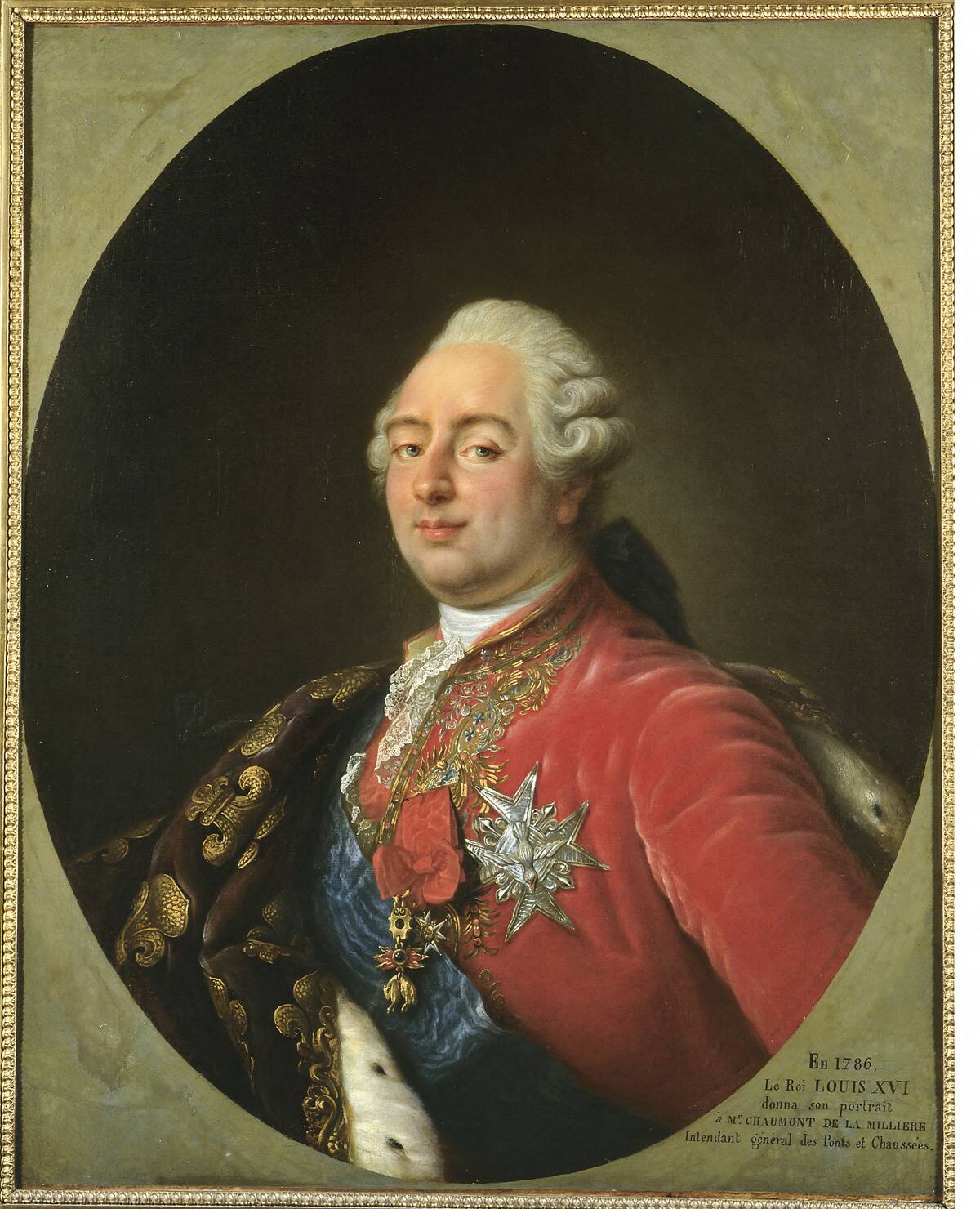
King Louis XVI’s life and death were marked by the number 21. The French Revolution began on June 21, 1789, and he attempted to flee Paris on June 21, 1791. His execution on January 21, 1793, completed the pattern. This numerical coincidence invites speculation about the symbolic importance of numbers in history, as events align in curious ways, weaving a tapestry of fate and numerology around the ill-fated king.
The Mysterious Case of the Identical Twins Separated at Birth
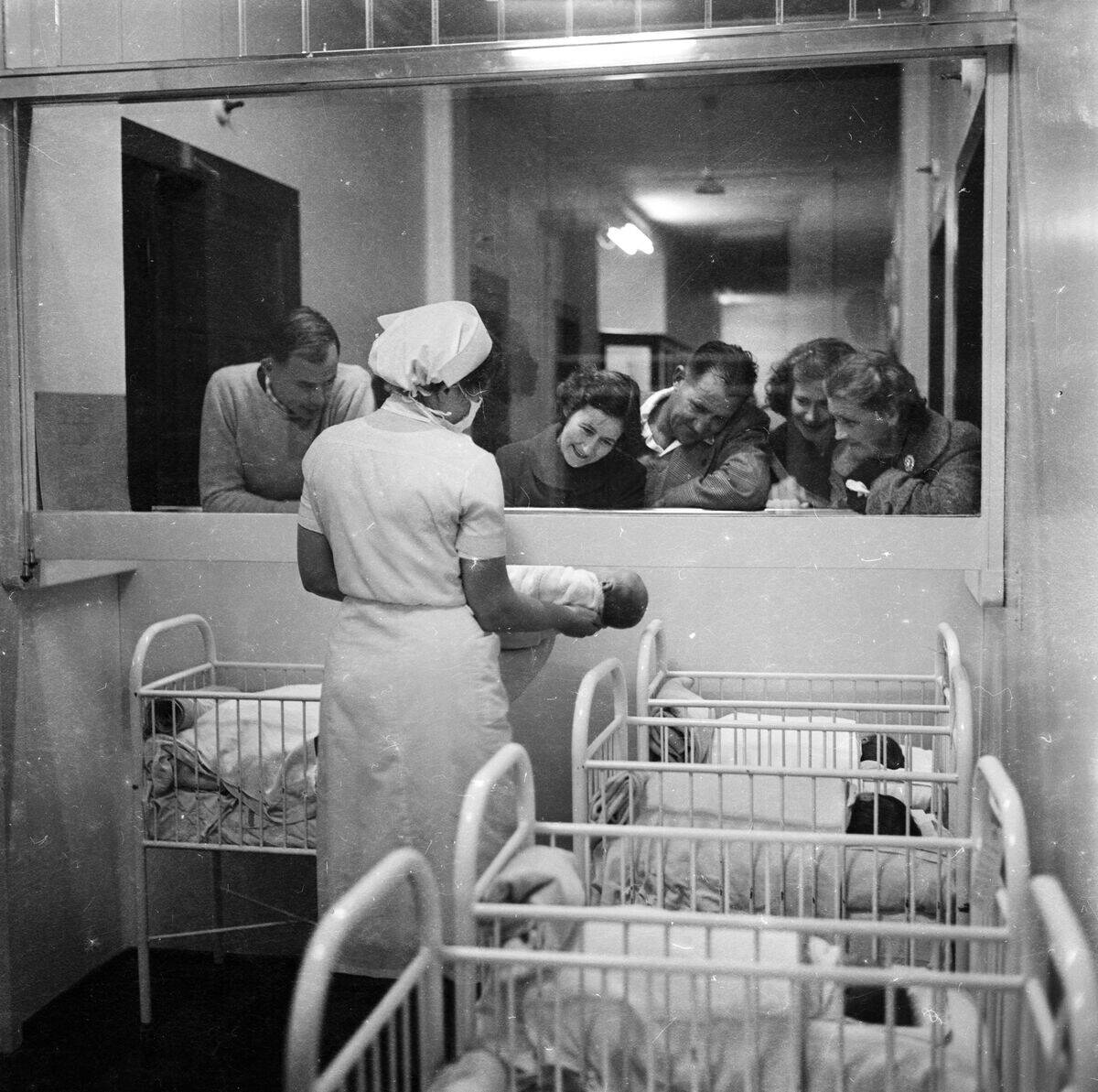
Jim Lewis and Jim Springer, identical twins separated at birth, led eerily similar lives. Reunited at age 39, they discovered both had been named James, married women named Linda, divorced, and remarried women named Betty. They each named their sons James Alan and had dogs named Toy. This remarkable coincidence in their life choices and preferences raises questions about nature versus nurture, suggesting an uncanny connection between twins that transcends time and distance.
The Curious Coincidence of the Only Two Atomic Bombs Dropped in History
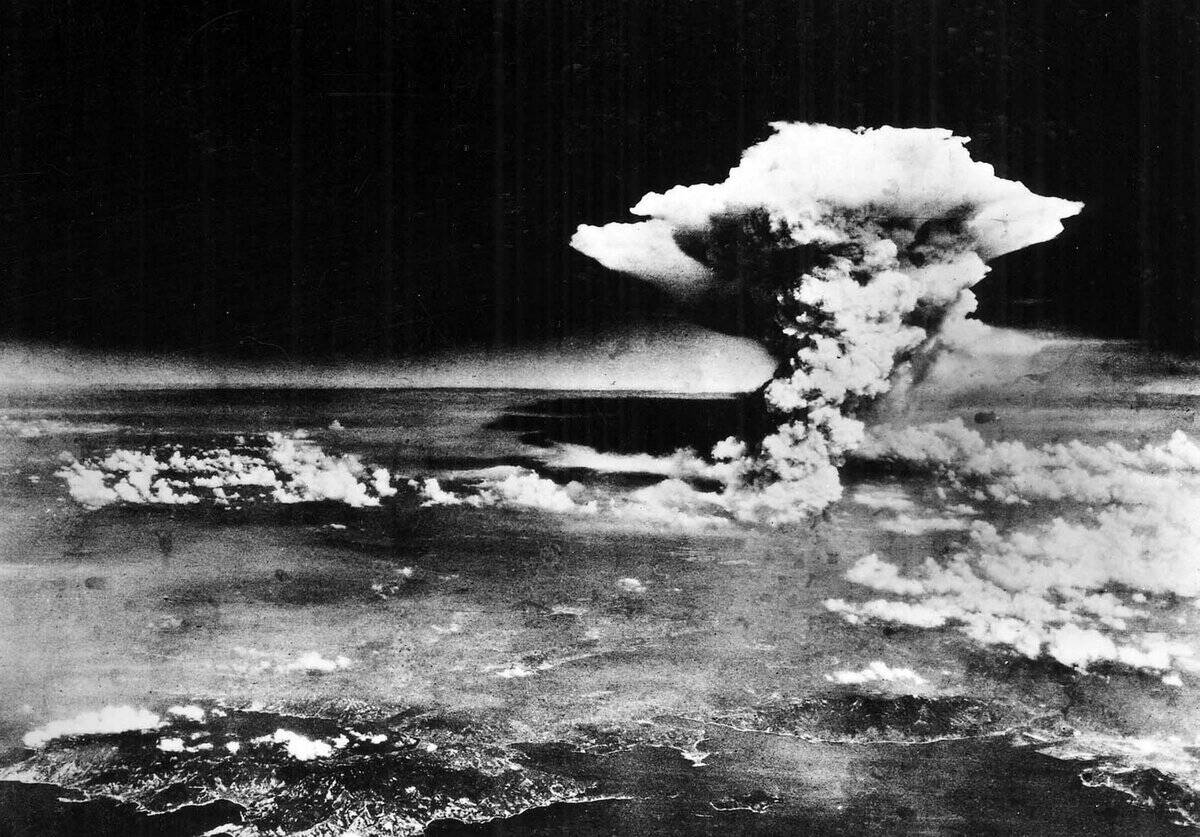
The atomic attacks of Hiroshima and Nagasaki during World War II are linked by a curious coincidence involving Tsutomu Yamaguchi. Yamaguchi was in Hiroshima when the first device dropped and survived. He returned to Nagasaki, only to experience the second attack days later. Remarkably, he survived both attacks and lived to tell his story. His incredible tale of survival amid devastation highlights the profound coincidences that can occur even in the most harrowing circumstances, offering a unique perspective on history’s darkest moments.
The Strange Story of Tamerlane’s Curse and Hitler’s Invasion of Russia
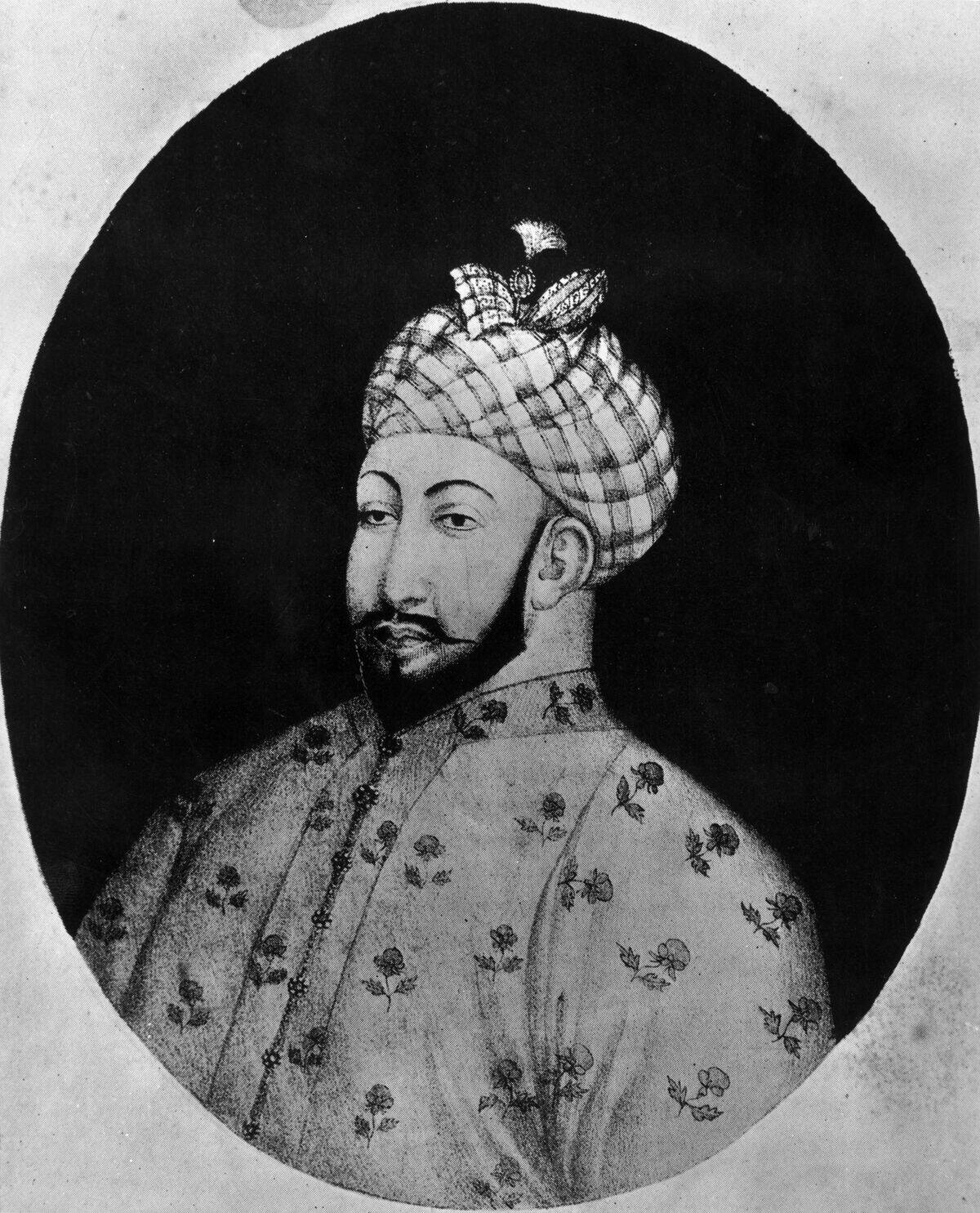
In 1941, Soviet archaeologists unearthed the tomb of Tamerlane, a 14th-century conqueror, despite warnings of a curse that would bring disaster if disturbed. Days later, Hitler launched Operation Barbarossa, invading the Soviet Union. The timing of these events led to speculation about the curse’s validity. In 1942, Tamerlane’s remains were reburied with full Islamic rites, shortly before the Soviet victory at Stalingrad. This intriguing tale raises questions about superstition, coincidence, and the mysterious forces sometimes believed to influence historical events.




